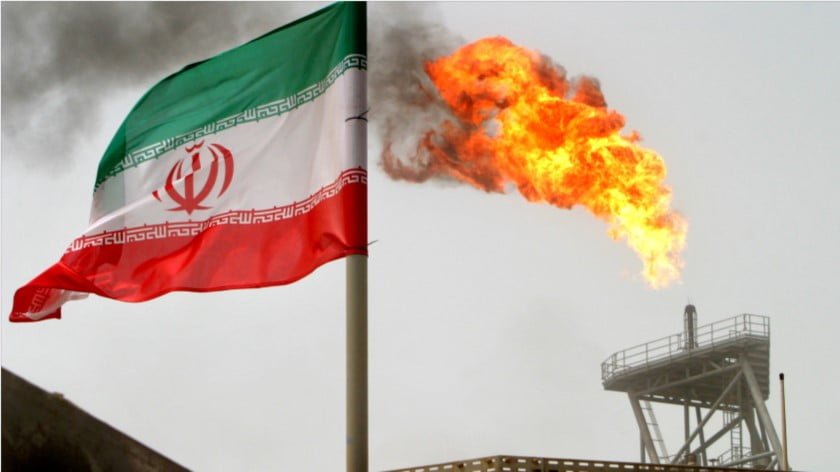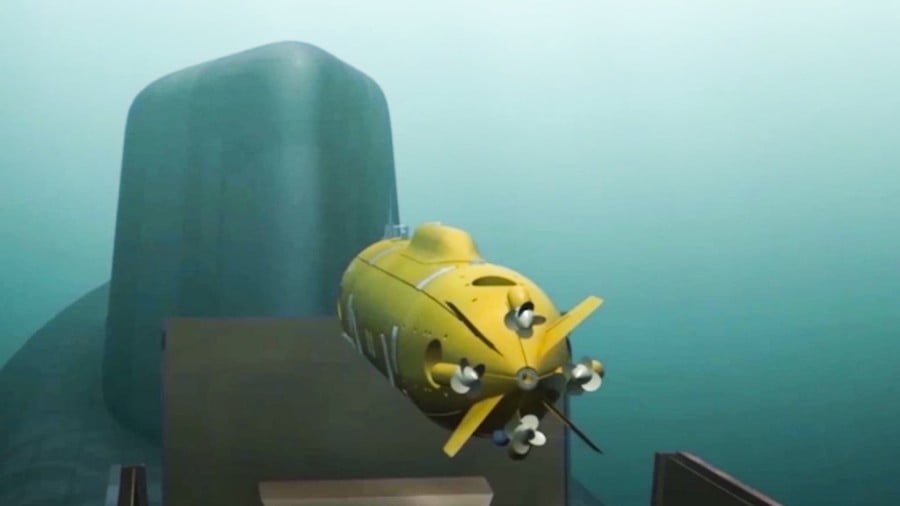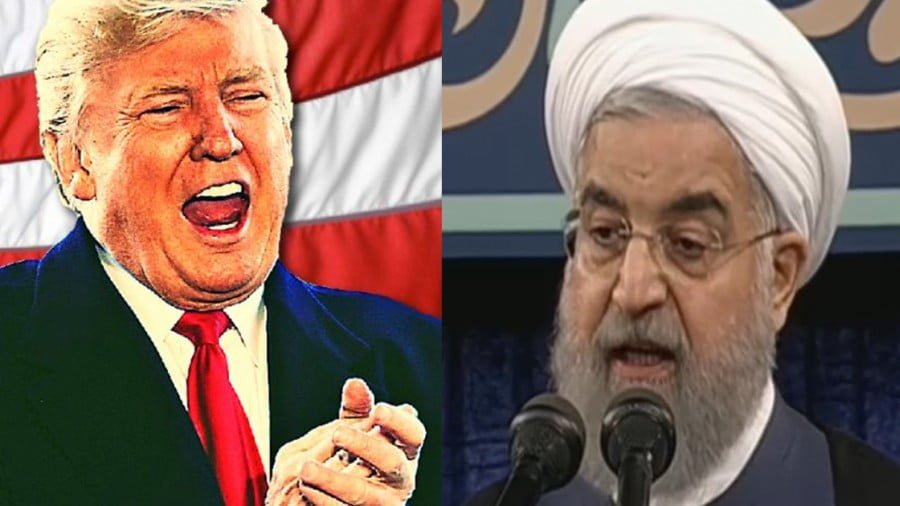NATO Mobilizes Cyber Capabilities
At the peak of the WMD arms race, global balance was largely secured by nuclear weapons. Today the same role is increasingly being played by cyberwarfare. However, its relatively low cost and effectiveness in harming an enemy significantly expands the list of countries with modern means of cyberattacks that could lead to global destabilization at any moment. The creation and use of cyberweapons does not require colossal investments in processing plants, development of delivery vehicles or construction of missile launchers.
Today, as well as criminal organisations, many world governments are also carrying out cyberattacks in order to achieve political and economic aims. A typical example of this is attempts by the administration of former President Barack Obama to thwart ballistic missile tests in North Korea with the help of hacker attacks, which the New York Times has reported on in detail.
Today, more than sixty countries are engaged in the development of computer espionage, hacking and surveillance to varying degrees. Thirty countries have specialized military cyber divisions working to counter computerized security threats. Possibly the top four countries as far as the level of development of the so called cyber armies (specializedcyber security units for military or intelligence purposes) is concerned are the USA, China, the United Kingdom and South Korea. Such units are increasingly being used for electronic warfare of which the US and its NATO allies have been most actively involved in in recent times.
A few dozen countries officially use specialized cyber divisions, and unofficially, more than a hundred. The most powerful army in cyberspace is the U.S. government whose funding in this area could be around $7 billion a year, with 9000 hackers working for them. The U.S. cyber division was formed in 2009 under President Barack Obama. It is led by the head of the NSA, one of the special services of the USA. United States President Donald Trump decided to remove the cyber division from strategic command and create a separate fully-fledged structure in August. He added that the Minister of Defence is considering further steps that will improve the status of the United States cyber division, and also called on Congress to increase funding for American cyber armies.
Apart from the U.S., the United Kingdom is also strengthening its cyber armies. The Government Communications Headquarters (GCHQ) employs 6 thousand people and has an annual budget of $450 million a year.
In 2011, the non profit International Cyber Security Protection Alliance (ICSPA) was founded in London, bringing together governments, international businesses and law enforcement agencies, including Europol. It is funded by the EU and several other governments (including Australia, Britain, Canada, New Zealand, USA), and by private sector companies.
During his election campaign the current President of France Emmanuel Macron said that in the event of his victory in the French elections he would create France’s own “cyber armies”. “I don’t discount the creation in five years… of the army, which will deal specifically with cyberspace,” Macron said on Twitter.
Along with air, sea and land forces, Germany’s Bundeswehr acquired a fourth division in April, the first German “cyber division” officially established in Bonn, which will unite about 13.5 thousand military and civilian specialists. The organisation should become fully functional by 2021.
A cyber army will be established in Poland, according to the Minister of Defence of the Republic, Anthony Macierewicz, speaking in Krakow at CYBERSEC conference in October. The Polish authorities will provide $550 million for the creation of these troops with around 1000 personnel.
NATO began cyber training in Estonia at the end of November, dubbed the Cyber Coalition, during which experts of member countries of the alliance simulated scenarios at a domestic and international level. The exercise was attended by over 700 professionals and officials from 25 countries-members of NATO, including Finland, Sweden, Switzerland and Ireland. Approximately 100 people were in Tartu, Estonia, with the rest joining remotely from different countries. The first exercises of the Cyber Coalition were held in 2008.
At the November meeting of defence ministers of NATO member states, a decision was made on the “mobilization of the cybernetic capabilities of the alliance.” As stated by the Secretary General of the block Jens Stoltenberg, NATO countries plan to use cybersecurity “on the same principles as the allies’ tanks, ships and aircraft participating in NATO missions”. In particular, according to Stoltenberg, this kind of impact on an opponent may be similar to that already carried out by the NATO-led operations in the fight against the banned terrorist organization Daesh. At the same time, the NATO Secretary General chose to remain silent about the lack of major victories in this area, NATO.
Harvard University awarded a special award for the idea of the creation of a “cyber NATO” to former Estonian President and former US citizen Toomas Hendrik Ilves, who since his presidential term has been running the American Hoover Institute on the digital development of countries and associated threats. It is noteworthy that the system of so-called “electronic government” established during Ilves’ presidency, suffered a failure in 2017, when he suspended the certificates of about 700 thousand ID cards because of a vulnerability identified in their electronic security. However, these failures did not prevent the promotion Ilves as “leader of cybersecurity” of the Hoover institution.
Today we witness the increasingly rude and aggressive use of social media and internet space by western intelligence agencies, the emergence of new spyware programs aimed at total control of personal and official correspondence of citizens as well as their telephone conversations using a variety of Internet services (Skype, Yahoo Messenger, MSN, Hotmail, etc.) almost every day. As a result, everyone understood long ago that the purpose of such actions on the part of the US and NATO members states is to “mobilize joint cyber capabilities”.
By Vladimir Platov
Source: New Eastern Outlook







